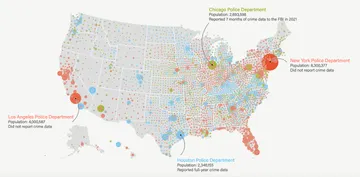In 2000, on assignment for The New York Times Magazine, Taryn Simon photographed a series of wrongfully convicted death row inmates who had been released over the last decade, many as a result of DNA evidence. That project inspired her to further investigate photography’s often contradictory role in the criminal justice system: Witnesses use mugshots to identify — and sometimes misidentify — suspects.
So Simon traveled across the United States in search of other wrongfully convicted people and photographed them in places that played a significant role in their cases — the location of their arrest, the scene of the crime.
“These men had only read about or imagined many of these places, because they didn’t commit the crime,” says Simon. “Some men didn’t want to go to the scene they didn’t want to have any familiarity with it. Others, like Troy Webb [below] insisted on wearing a suit for the photograph in order to honor the victim of the crime.”
The photos were later published in her 2003 book, “The Innocents,” excerpted here. It is one of the first, and most enduring, photo series to explore the lives of the exonerated.
More than 10 years later, Simon remains close with several of the people she met. “Everyone processed this hell and survived it in a different form,” she says. “The one thing that remains for all is a deep mistrust of systems and authority.” One of the men, Simon recalls, “spent much of his life after his wrongful conviction recording all of his interactions with other humans so he would have an alibi for every minute.”
